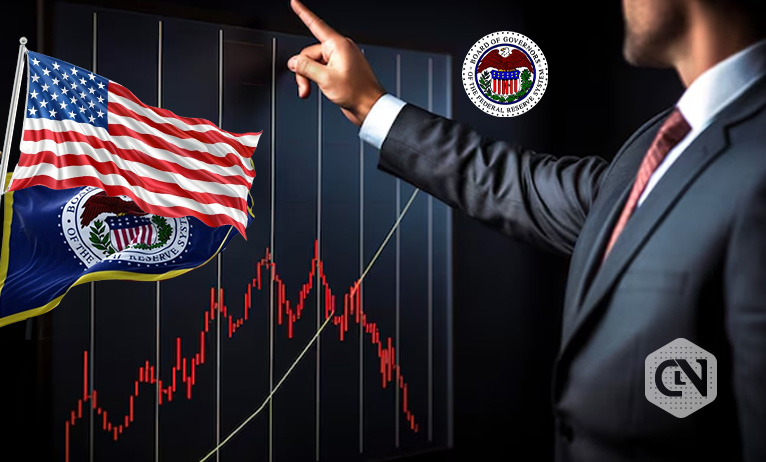In a widely anticipated decision, the Federal Reserve kept interest rates unchanged during its latest policy meeting, citing ongoing economic uncertainty and the need for continued support amid challenging global conditions. Despite the significance of the decision, financial markets exhibited muted reactions, reflecting the Fed’s cautious approach and the lack of surprises in its announcement.
The Federal Open Market Committee (FOMC), the monetary policy-making body of the Federal Reserve, announced that it would maintain the target range for the federal funds rate at its current level, signaling a commitment to supporting economic recovery and fostering stable inflationary conditions. The decision to hold interest rates steady comes as no surprise to analysts and investors, who have closely monitored the Fed’s stance in light of evolving economic indicators and geopolitical developments.
The central bank has paused rate hikes six times since it began in March 2022 and continued until July 2023. The decision by central bankers to maintain rate stability was reportedly influenced by ongoing inflation and a robust labor market.
The statement released on Wednesday stated, “The Committee will carefully analyze incoming data, the evolving outlook, and the balance of risks” before considering any revisions to the target range for the federal funds rate. “The Committee believes that until it has increased confidence that inflation is moving sustainably toward 2%, it will not be appropriate to reduce the target range.”
In its accompanying statement, the Fed acknowledged the progress made in the economic recovery since the onset of the pandemic. Still, it highlighted persistent risks and uncertainties that continue to weigh on the outlook. Concerns about inflationary pressures, geopolitical tensions, and supply chain disruptions have contributed to a cautious approach by policymakers, who remain vigilant in monitoring developments and adjusting policy as needed to support economic growth and stability.
Fed Chairman Jerome Powell stated during a news conference on Wednesday that central bankers will need to see more proof that inflation is decreasing before reducing rates.
Despite the significance of the Fed’s decision, financial markets reacted with relative calm, reflecting the consensus among investors and analysts that the central bank’s stance was essentially in line with expectations. Stock markets showed modest movements following the announcement, with major indices fluctuating within a narrow range as investors digested the implications of the Fed’s decision for monetary policy and economic conditions.
The bond market also exhibited a subdued response, with Treasury yields remaining stable following the Fed’s announcement. The yield curve, which measures the difference in yields between short-term and long-term Treasury securities, showed little change, indicating that investors interpreted the Fed’s decision as consistent with their expectations for future interest rate movements and economic conditions.
In the foreign exchange market, the U.S. dollar experienced marginal fluctuations against major currencies, reflecting the balanced nature of the Fed’s statement and the absence of significant surprises. The dollar index, which measures the value of the U.S. dollar against a basket of foreign currencies, remained relatively unchanged as investors awaited further clarity on the central bank’s policy trajectory and economic outlook.
Looking ahead, market participants will continue to monitor economic data releases, central bank communications, and geopolitical developments for clues about the trajectory of monetary policy and its implications for financial markets. With uncertainty lingering over the global economy, the Fed’s commitment to maintaining accommodative policy measures is expected to stabilize markets, even as investors navigate evolving risks and uncertainties.
As the Federal Reserve holds interest rates steady amid economic uncertainty, financial markets exhibit muted reactions, reflecting investors’ expectations and the central bank’s cautious approach to policy. With economic conditions and geopolitical risks remaining in focus, market participants await further clarity on the path of monetary policy and its implications for global markets and economies.


